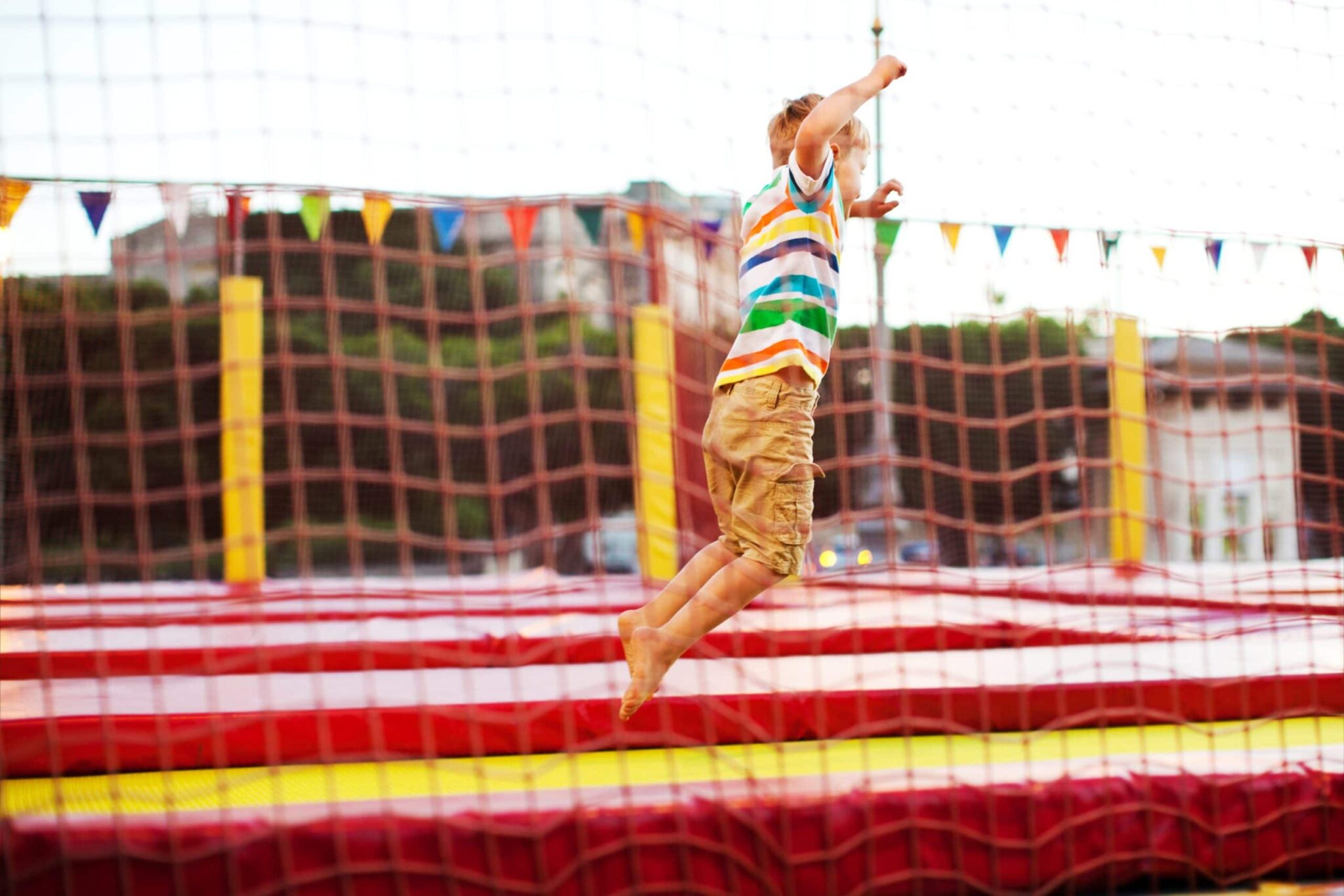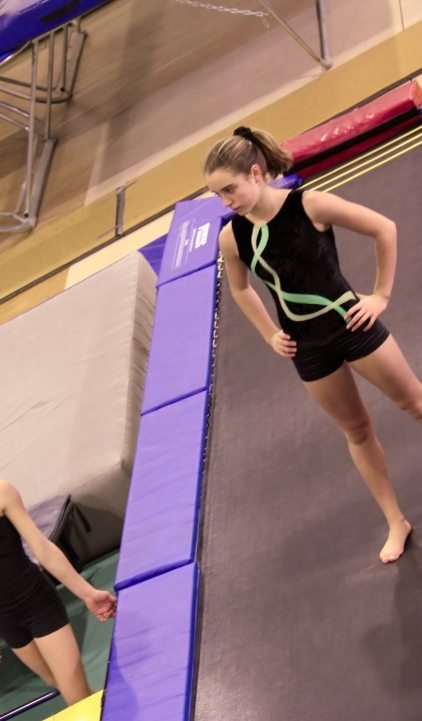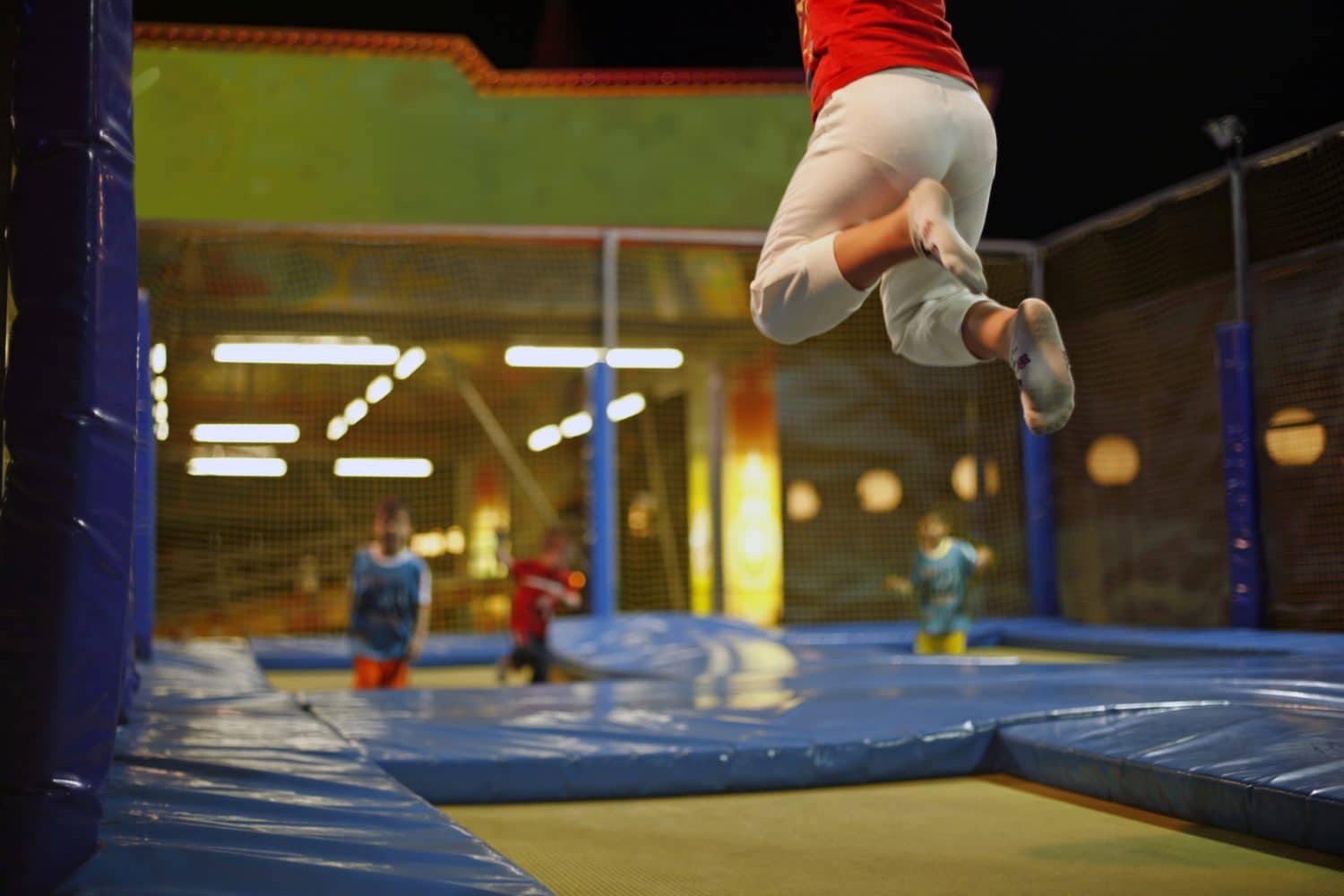Are your kids home for the summer with too much free time on their hands and a seemingly endless supply of energy? It might be tempting to send them off with a babysitter to a bounce house or trampoline park to get them out of your hair for a while. But while trampolines can be great fun and are an excellent way to tire out kids quickly, they also pose a serious threat.
According to the American Academy of Orthopaedic Surgeons, there were almost 300,000 medically treated trampoline injuries in 2015. While home trampolines account for some of those injuries, commercial trampoline park injuries are on the rise as these parks become more popular and open additional locations.
Trampoline parks are not regulated in Texas, which means there are no safety protocols in place to protect your children. While some parks make an effort to create a safer environment, many don’t. What’s more, bounce houses and trampoline parks require patrons to sign a waiver stating that they understand the risk of using their facility. If you’ve signed a waiver for your child and they are injured at a trampoline park, you’ll need an attorney with trampoline injury experience to file and win damages in a personal injury lawsuit.
Keep reading to learn more about common causes and types of trampoline injuries and how you can help keep your kids safe this summer.
The Dangers of Bounce Houses and Trampoline Parks
All trampolines have the potential to cause severe injuries. Your child could get injured in your backyard bouncing alone on a trampoline surrounded by a safety net. But bounce houses and trampoline parks pose additional dangers to your children.
According to the Texas Children’s Hospital, compared to patients injured on home trampolines, those injured at commercial trampoline parks suffer far more severe and debilitating injuries. Here’s why:
Causes and Risk Factors of Trampoline Injuries
-
- Falls: Falls can occur both on the trampolines and the surrounding mats. Being airborne leads to disorientation and loss of control, which increases the chances of a poor landing and subsequent injuries.
- Collisions: Collisions with other jumpers are another common cause of falls and injuries. Trampoline parks are full of children of all ages and sizes, which means there’s a considerable risk of colliding with other jumpers. Impacts in the air can cause injuries by themselves, but these collisions also cause uncontrolled falls that can lead to serious injuries.
- Tricks and Flips: Unless your child has had training, they should not attempt any tricks or flips. But when they see other kids at the park doing fun flips, they’re likely to want to give it a try. An improperly conducted flip could cause your child to land on their back or neck.
- Inefficient Supervision: It can be hard to keep track of your child at a trampoline park when children are bouncing everywhere. Some parks have staff who are supposed to monitor the facility and keep patrons safe, but these employees are usually teenagers who are simply putting in a few hours here and there at a summer job. They’re not trained gymnasts or certified medical professionals.
- Unsafe Equipment: Unlike your backyard trampoline, you can’t be sure of the maintenance of the equipment at a trampoline park. The trampolines could be worn down in certain areas or even ripped — as was the case for one Houston teen during his summer vacation. Read more about his story below.
“What’s more, bounce houses and trampoline parks require patrons to sign a waiver stating that they understand the risk of using their facility.”
RELATED CLIENT STORY: Trampoline Park Injury Changes a Life Forever
Common Trampoline Injuries
While bruises and cuts from falls and collisions with other jumpers are often mild, there are more severe injuries that occur with alarming frequency (especially for an activity designed for children). These injuries include:
-
- Broken bones, especially in the arms and legs
- Compound fractures
- Neck and spine injuries
- Traumatic brain injuries (TBIs)
- Artery tears
- Deep lacerations
- Sprains
- Joint dislocations
- Spinal cord injuries
3 Ways to Help Keep Your Kids Safe This Summer
Other than avoiding them altogether, there’s no surefire way to protect your children from the inherent dangers of bounce houses and trampoline parks. However, there are some proactive preventive measures you can take to reduce the risk of injury.
Keep Young Kids Off Trampolines
The American Academy of Orthopedic Surgeons states that children under six years should not be allowed on trampolines. The Academy of Pediatrics takes their advice one step further, asserting that children of all ages are too susceptible to injuries to partake in trampolines. Because children are still growing and their bones are softer, they are far more susceptible to broken bones than adults.
Avoid Peak Trampoline Park Hours
The more children jumping on the trampolines, the more likely someone is going to get hurt. Google and other search engines will tell you peak business hours, but avoiding weekends and early evenings is a good place to start. Not only will your children have more fun if they have a bit more room to jump around, but they’ll also be a bit safer.
Inspect the Trampoline Park Before Jumping
For starters, you can conduct your own physical inspection of the trampoline park. You can also ask park employees about their own inspections and regulations — including their rules about the ages of their jumpers and the number of individuals allowed on the trampolines at any given time. Lastly, while online reviews might not explicitly discuss injuries sustained, reviews complaining of poor maintenance or rude employees suggest a poorly run facility.
Crosley Law | San Antonio and Texas Trampoline Injury Lawyers
If your child has been injured at a trampoline park, pressing charges and obtaining the compensation your child deserves can be challenging — especially if you signed a liability waiver. The attorneys at Crosley Law have experience dealing with trampoline lawsuits and waivers and helping clients get the compensation they deserve.
Contact Crosley Law today by calling 210-LAW-3000 | 210-529-3000 or completing this brief form to schedule a free consultation and learn more about your legal options.
References
American Academy of Orthopaedic Surgeons. (2017, July 19). Orthopaedic surgeons warn parents and young children about the dangers of trampolines. AAOS. Retrieved from http://newsroom.aaos.org/patient-resources/prevent-injuries-america/trampoline-safety.htm
Leaming-Van Zandt, K.J. (2017, January 4). Trampoline parks and injuries on the rise. Texas Children’s Hospital Blog. Retrieved from https://www.texaschildrens.org/blog/2017/01/trampoline-parks-and-injuries-rise
The content provided here is for informational purposes only and should not be construed as legal advice on any subject.







